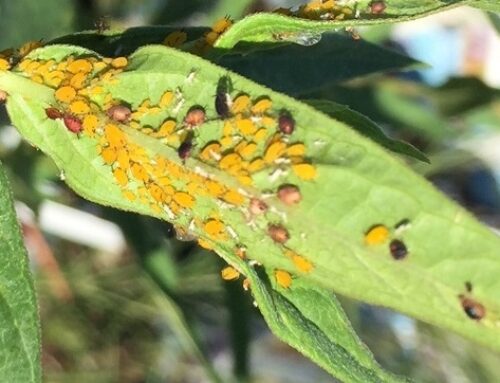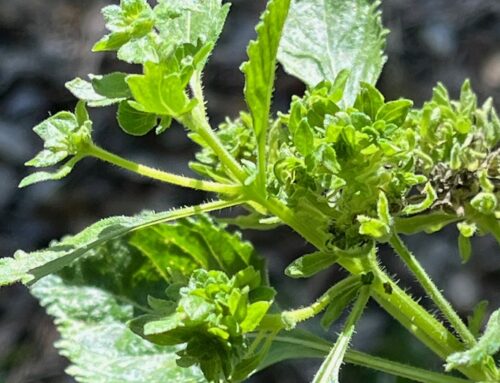What Are Grubs?
Grubs are a common nuisance in Texas lawns. There are actually 100 different types of scarab beetles in Texas that have a similar lifecycle and designated as white grubs, grub worms, June bugs, or May beetles. These bugs are harmless to pets and humans other than being a nuisance. The adult beetle does no direct damage to any plant, but its larval form can do significant damage to root systems of warm season turf grasses, vegetables, and ornamental plants.
Plants damaged by grubs will have weak growth and low plant vigor. Damaged turf grass will exhibit weak growth and vigor and have irregular patches of dying or dead grass. Most damage is evidenced in late summer and fall when grubs are ½” to 1” long and drought stresses are at their peak. Most lawns that struggle in spring had most of the damage done the previous fall. If you can tug on your grass and it peels up like a carpet then you have a severe grub infestation. You can sample for grubs by digging at least 4-6 inches down into the soil around areas suspected for grubs. If you have more than 5 grubs per square foot then you have an infestation that justifies treatment.
To properly control and treat for grubs you need to understand their life cycle first. Adults will emerge from the ground in late spring to mate. Once mated, females go back into the ground and lay up to 30 eggs. The eggs hatch in about two weeks. Grubs go through three larval stages before they become adults. Two stages happen in the fall six weeks apart and then they hibernate during the cold winter months and spend most of the spring in the last stage before hatching out as adults in early summer.
Spring is the wrong time of the year to treat for grubs, and chemicals have little to no effectiveness when applied in spring. Garden centers and big box stores are doing you an injustice by selling you a grub killer in spring! Unfortunately, this is when homeowners will notice them while digging around or start to notice the damaging effects on lawns and they feel the need to treat then. Both chemical and biological methods of control are most effective when applied before they have reached ½” long. Late summer (July and early August), is the opportune time of the year to be treating for June bugs in Central Texas. Come see us today and we can help you to choose the correct grub control product for your lawn.
Treatment Tips
Unnecessary applications of chemicals can create more problems than they solve. Apply products in early morning or late evening as chemicals are broken down by UV light. Always water your product in well with the equivalent of ½” to 1” of rainfall. Heavy thatch will reduce the effectiveness of insecticides by preventing them from getting down into the soil profile where grubs are active. Consider renting a ‘dethatching machine’ or ‘aerating’ your lawn if thatch or compacted soils are an issue.




